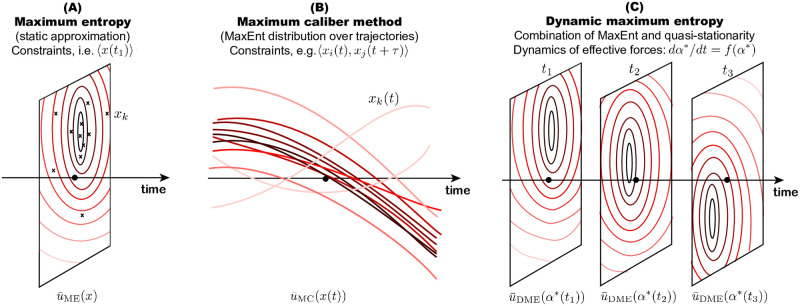Fig 1. Variational methods ME and MC compared to DME.
(A) ME looks at a snapshot x of a process at a particular time and provides an approximation of the microscopic distribution, given knowledge of a few key macroscopic observables. (B) MC is analogous to ME, however, each data point represents a trajectory x(t). MC connects the microscopic distribution over possible trajectories with macroscopic constraints and approximates it by . (C) DME is a quasi-stationary approximation of the stochastic dynamics, given by the FPE, which reduces the full problem to a low-dimensional dynamics. This reduction is a consequence of a ME ansatz; the approximation at each time solves the ME problem (stationary form in the FPE), where the dynamics of the effective forces α are systematically derived from the FPE.

